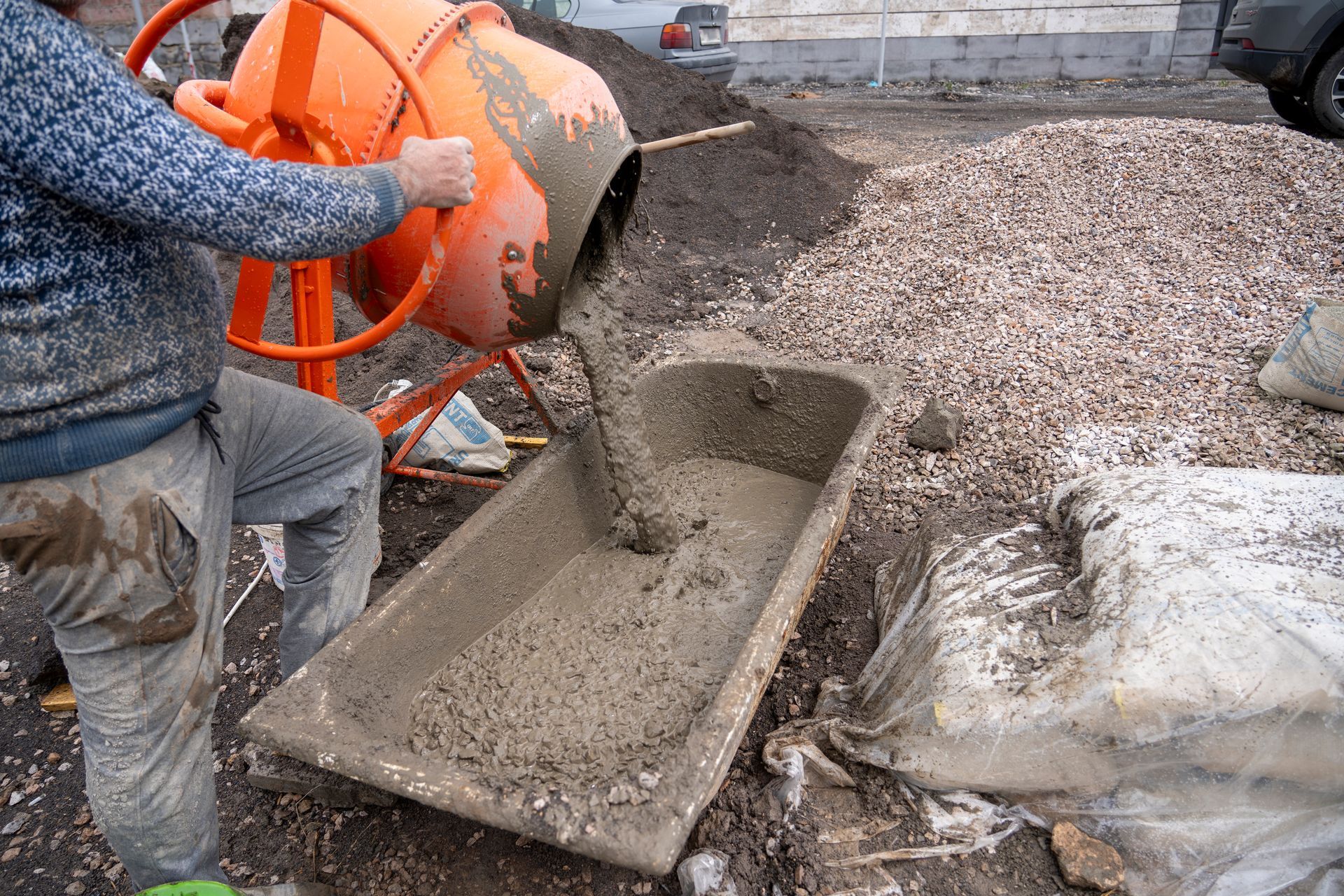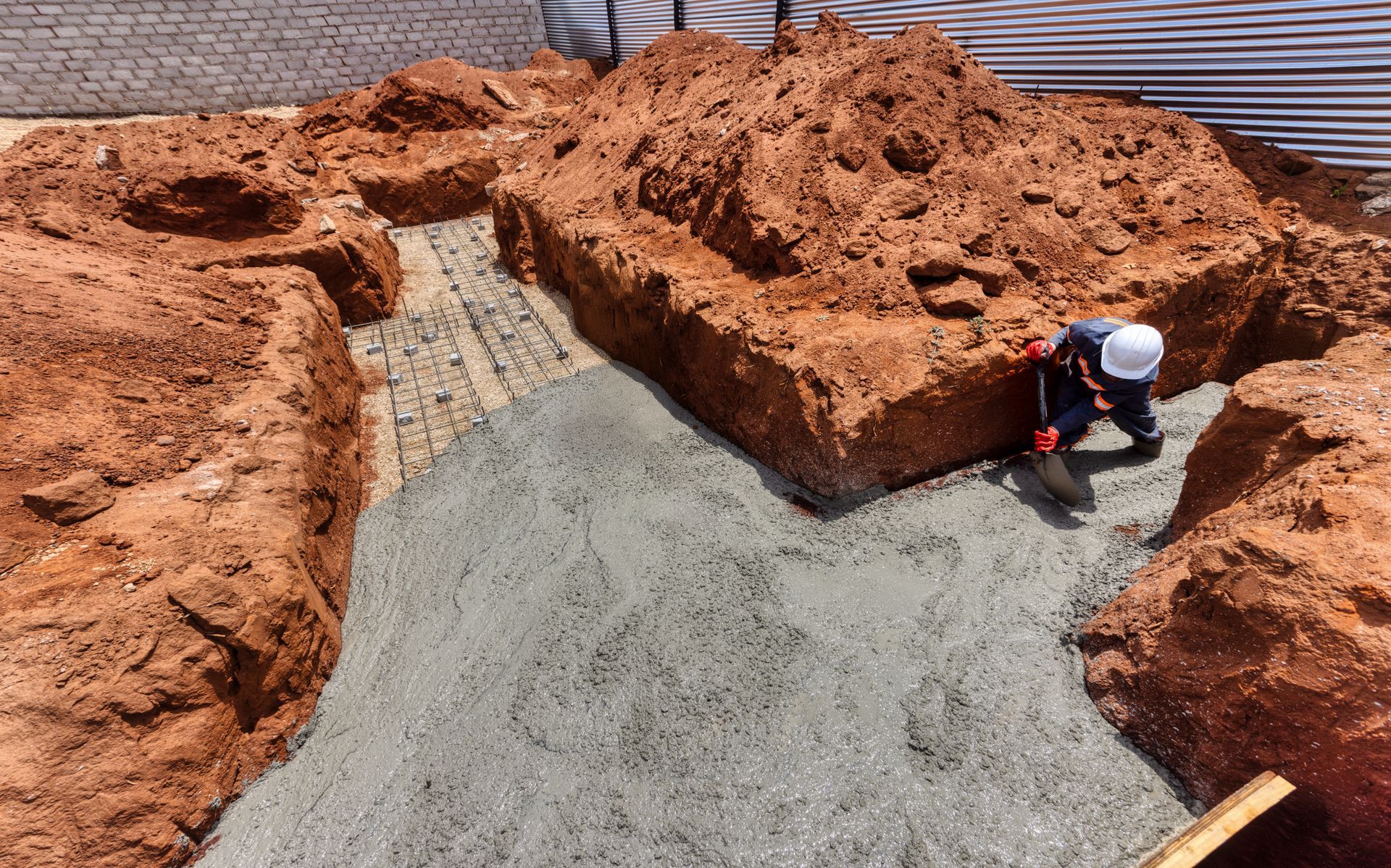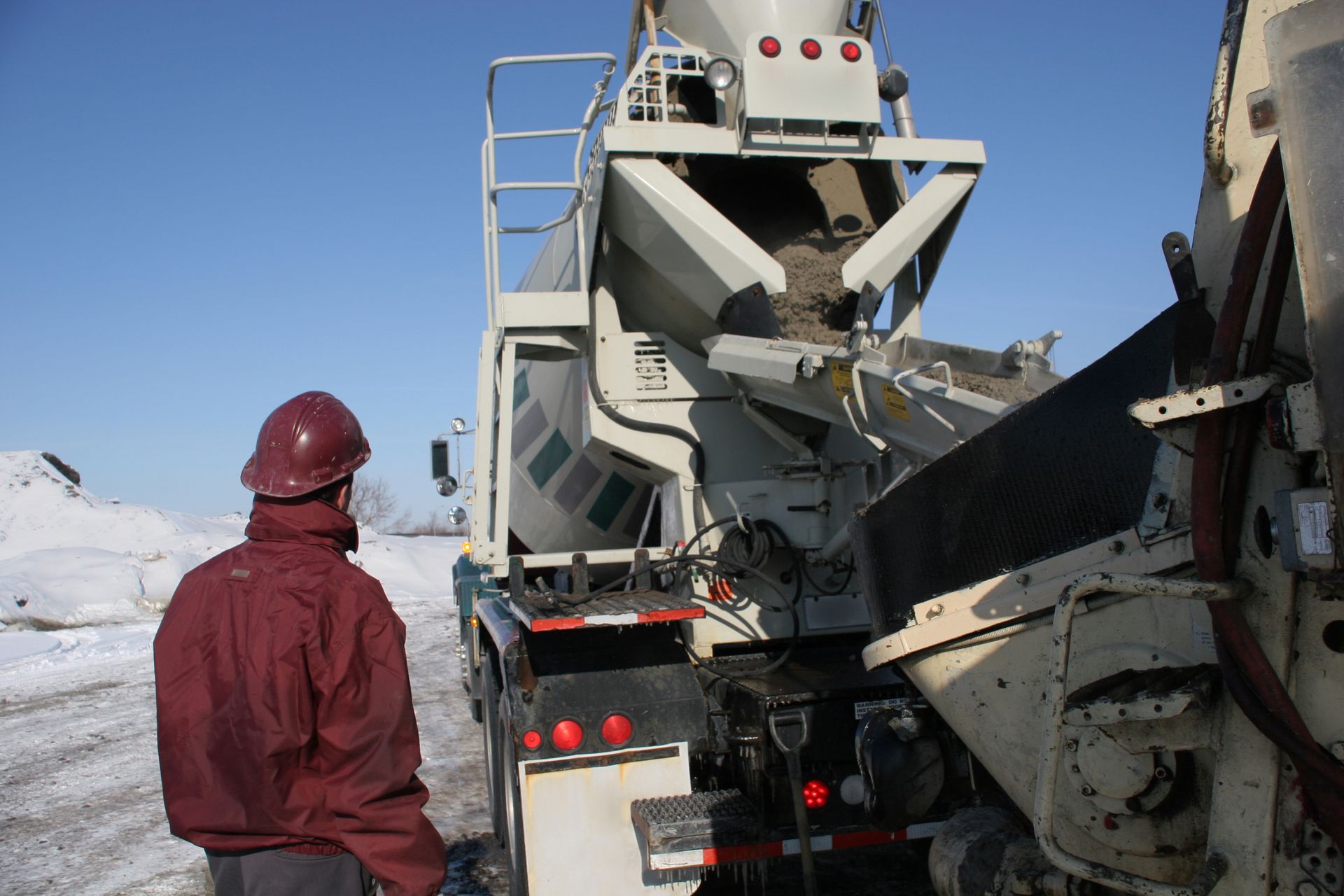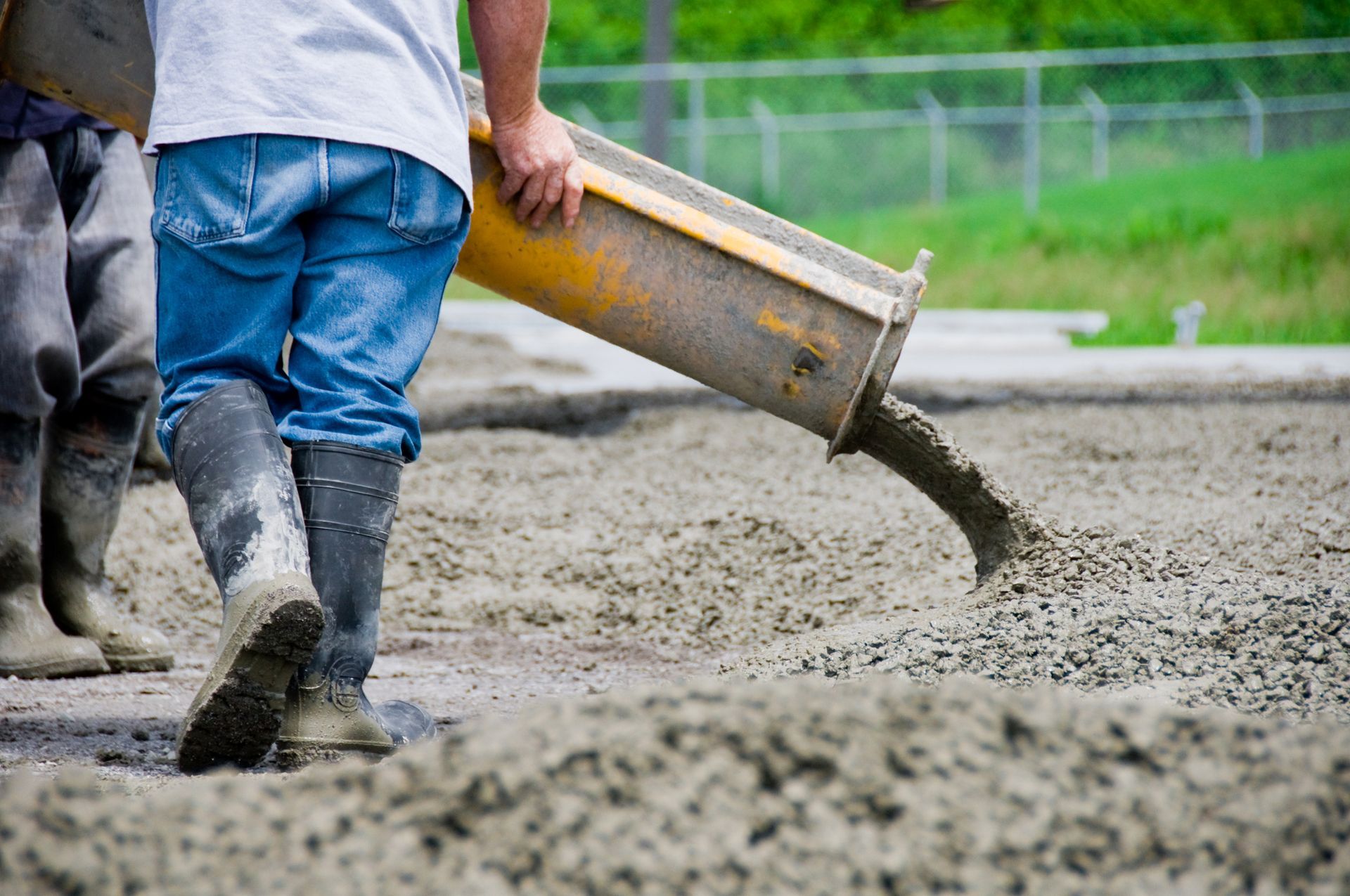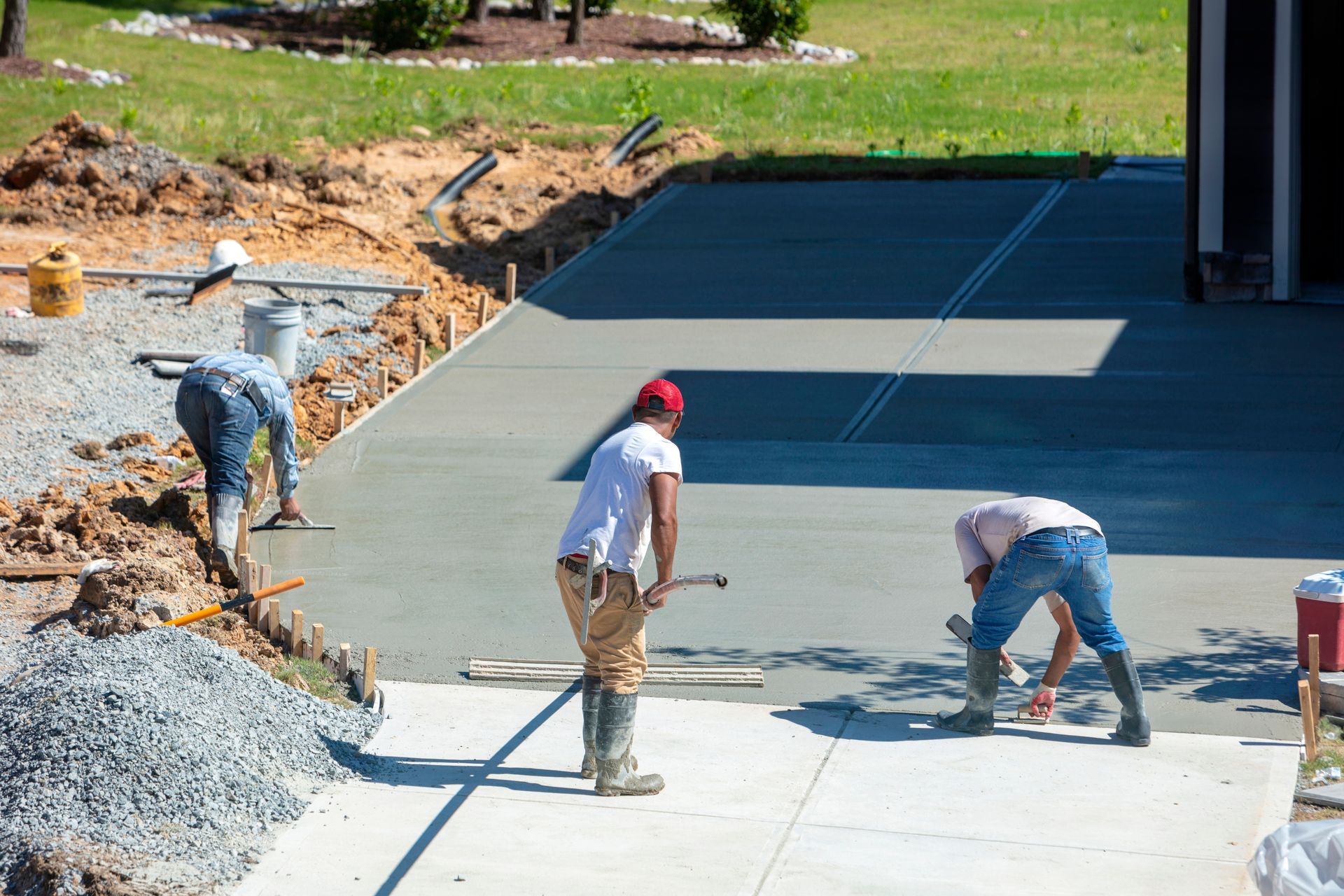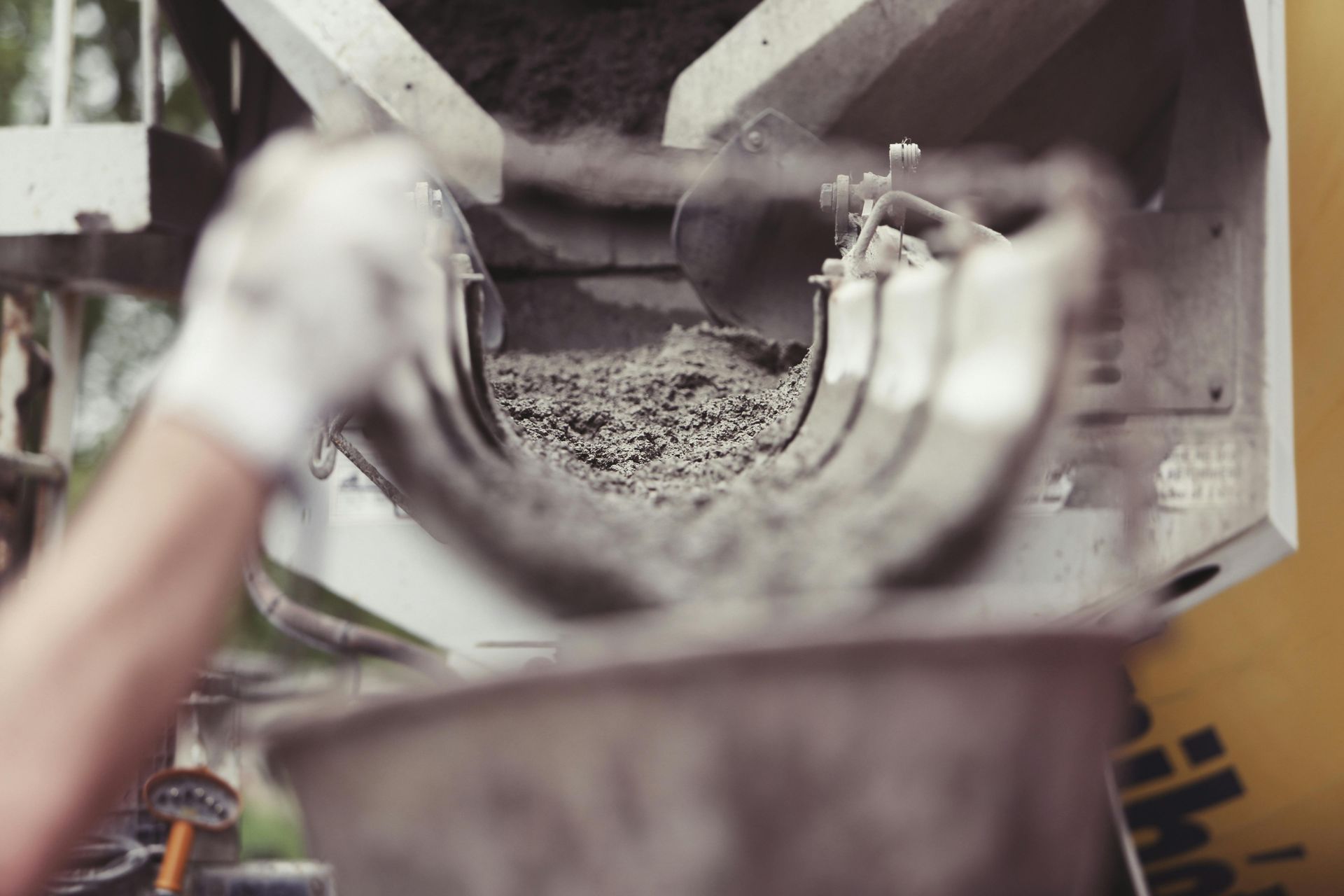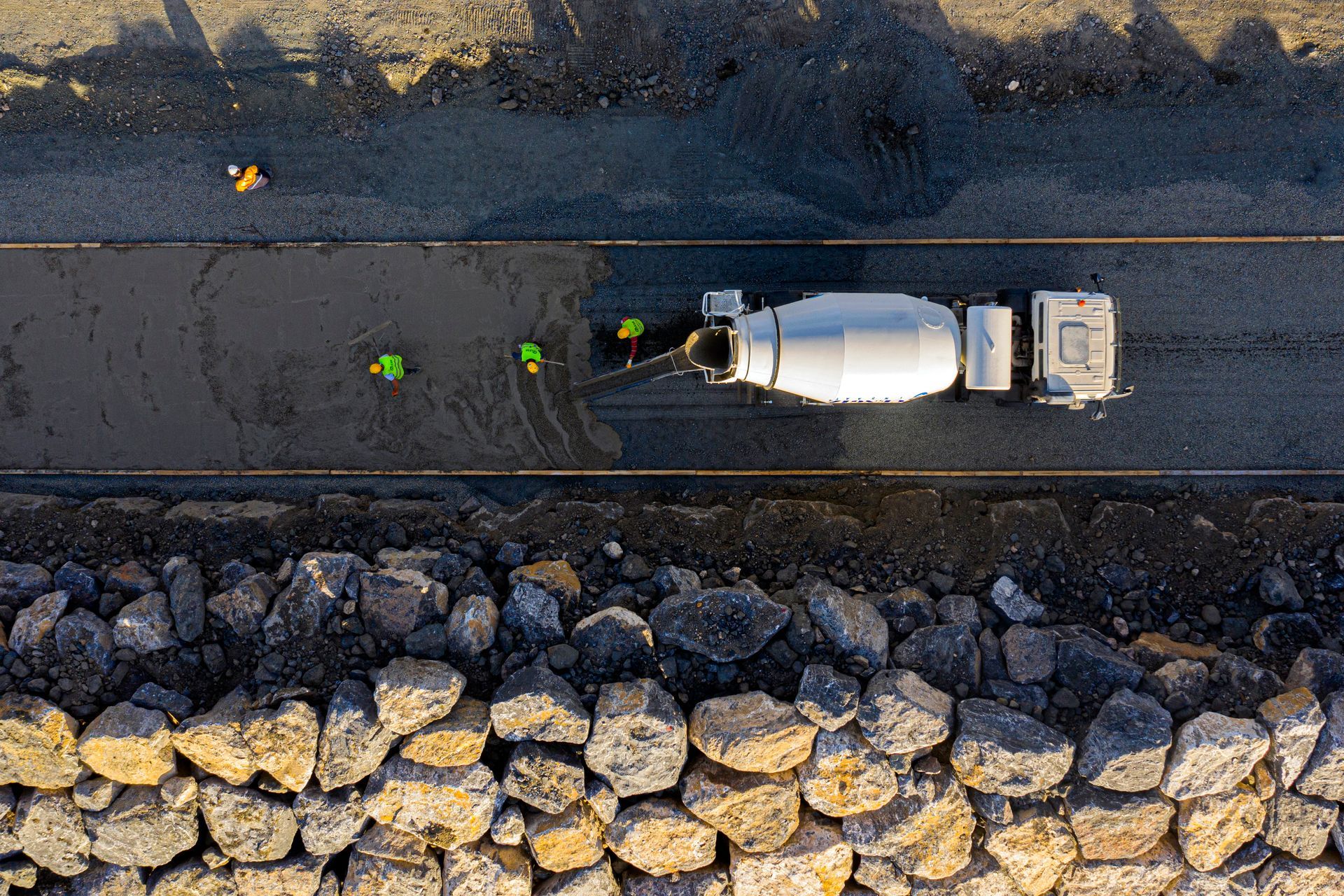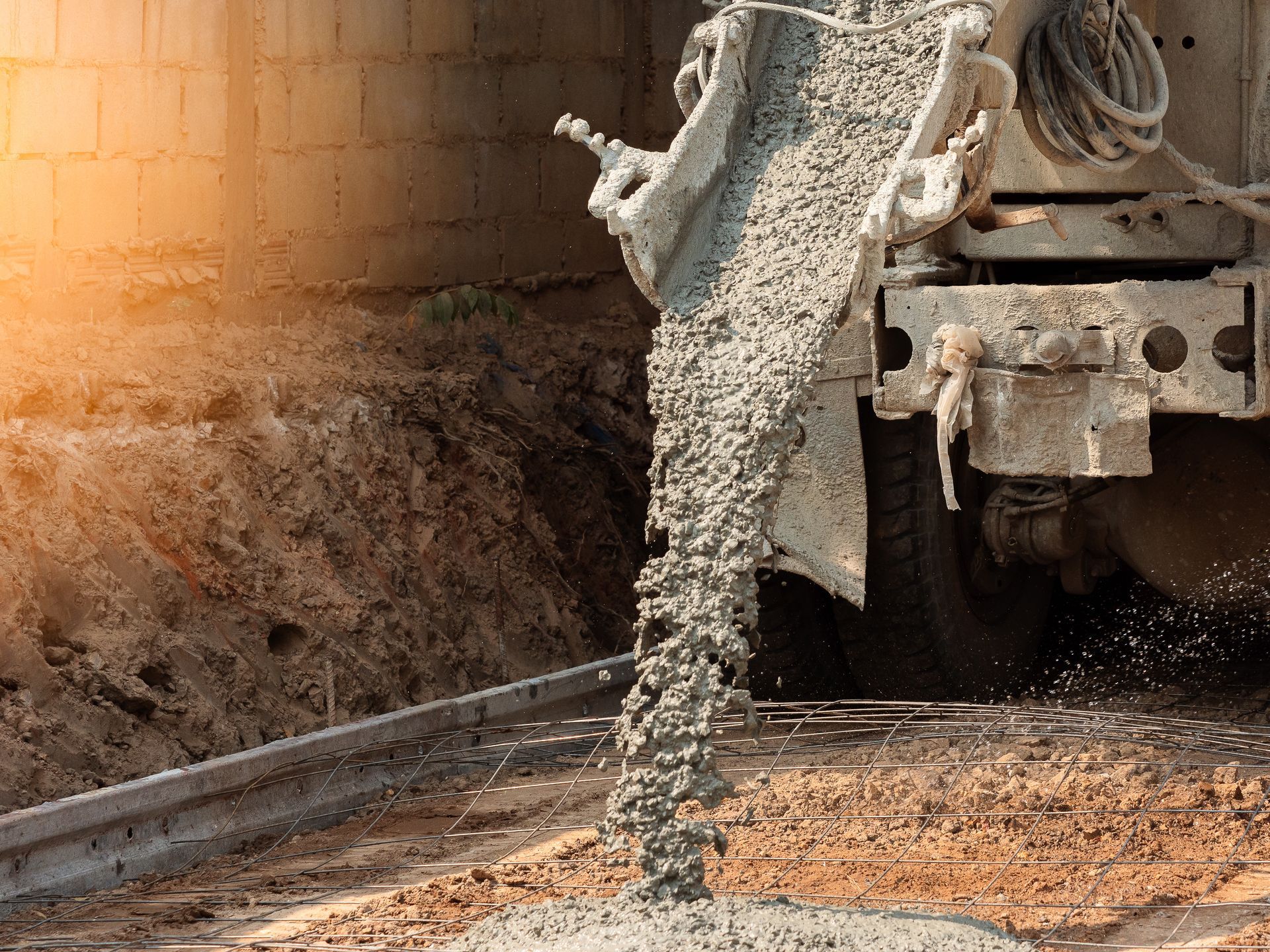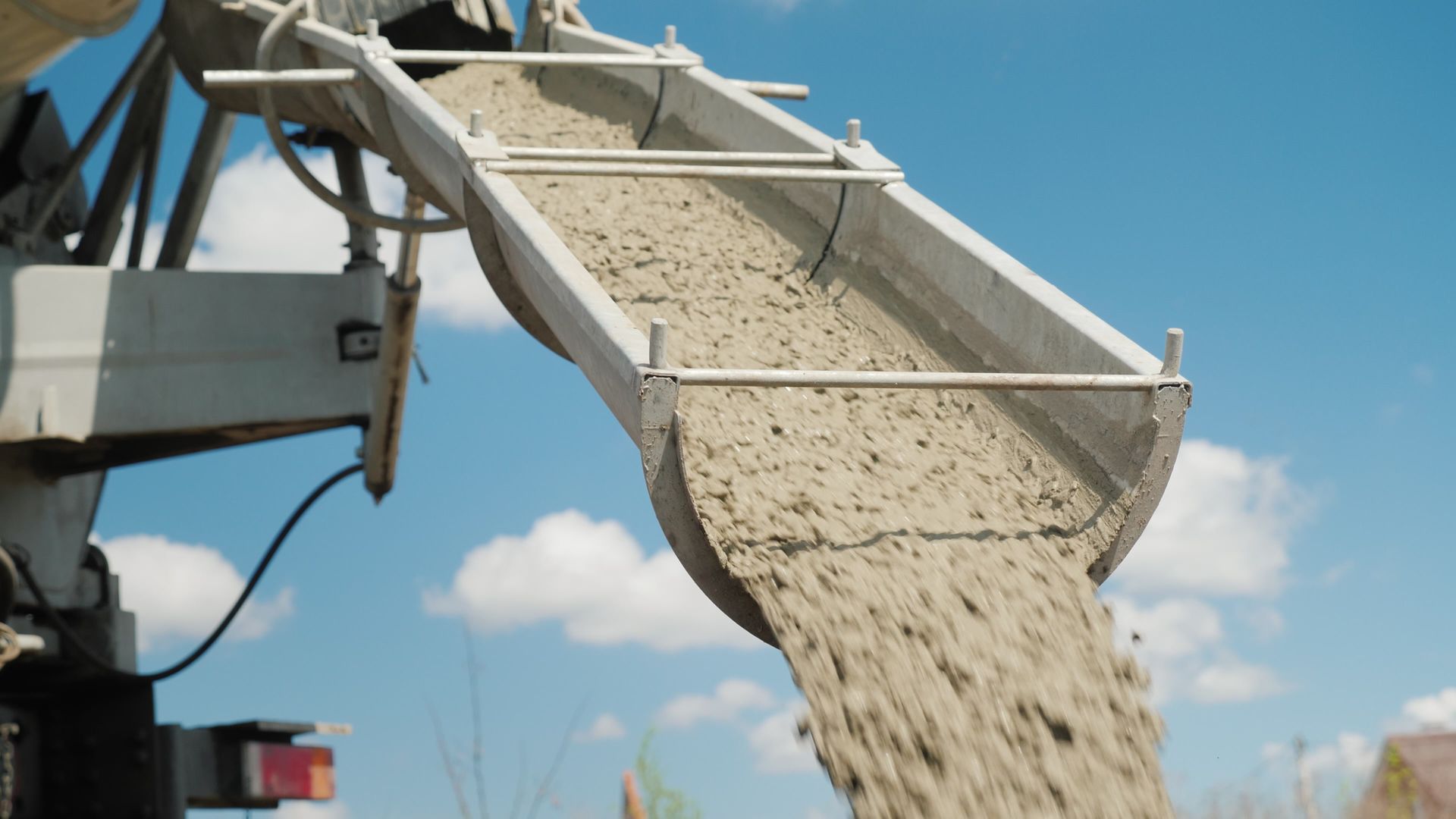Comparing Ready Mix Concrete to Site-Mixed Concrete
Comparing Ready Mix Concrete to Site-Mixed Concrete
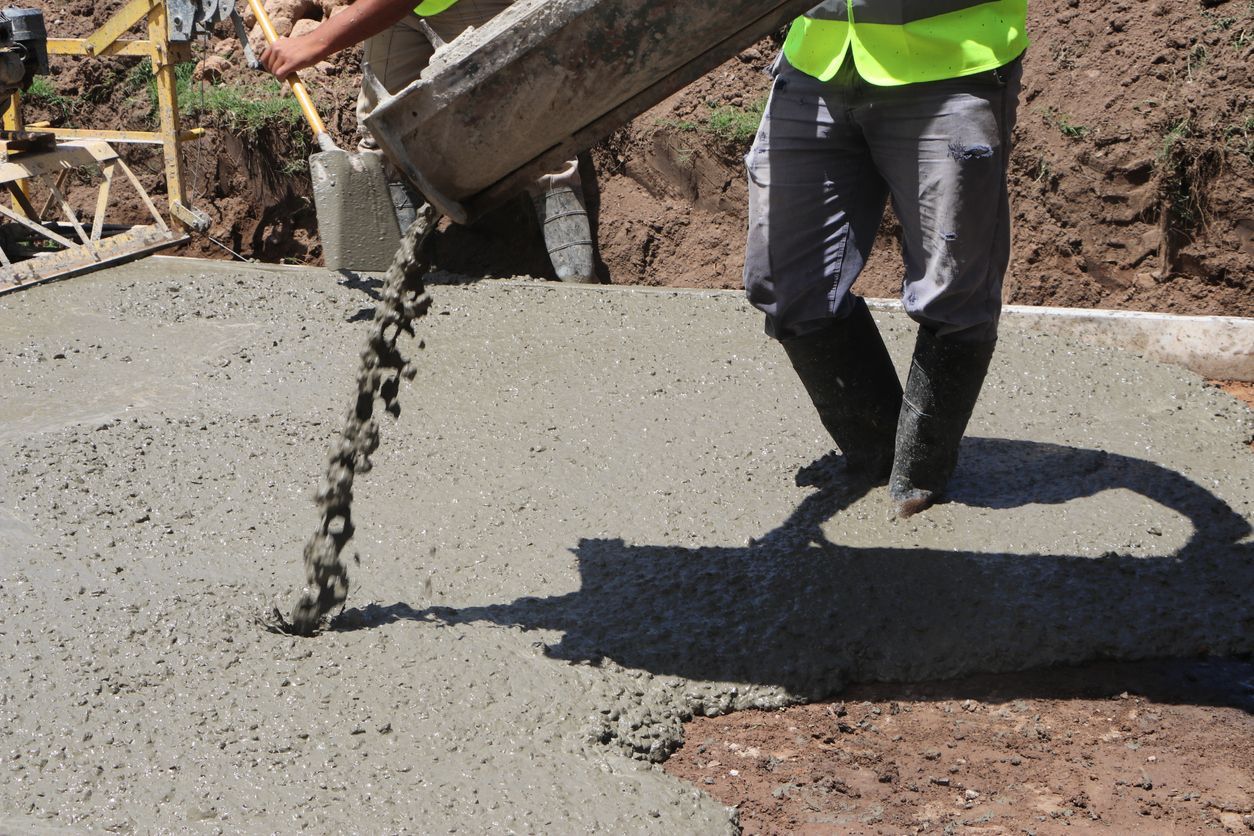
Concrete is a cornerstone of construction, and choosing the right type for your project can significantly impact its success. Two popular options are ready mix concrete and site-mixed concrete. While both serve the same fundamental purpose, they differ in production, application, and benefits. In this blog, we'll compare these two options to help you make an informed decision for your next project.
What Is Ready Mix Concrete?
Ready mix concrete is pre-mixed at a batching plant according to specific proportions and then delivered to the construction site in a ready-to-use state. This method ensures consistency and quality, as it is prepared under controlled conditions by professionals using precise equipment.
Advantages of Ready Mix Concrete:
- Consistency and Quality: Ready mix concrete offers a uniform mix, eliminating the risk of uneven proportions.
- Time Efficiency: Saves time on-site as the mixing process is done beforehand.
- Reduced Labor Costs: Requires less on-site manpower, lowering overall costs.
- Environmental Benefits: Reduces material wastage and often utilizes eco-friendly materials.
Limitations of Ready Mix Concrete:
- Requires careful scheduling to ensure timely delivery.
- Limited flexibility once the concrete is mixed.
- Transportation constraints can increase costs for remote sites.
What Is Site-Mixed Concrete?
Site-mixed concrete is prepared directly at the construction site by mixing raw materials like cement, sand, aggregate, and water. This traditional method offers more control to contractors over the mixing process.
Advantages of Site-Mixed Concrete:
- Flexibility: Contractors can adjust the mix to meet specific needs on the fly.
- Cost-Effective for Small Projects: Ideal for smaller jobs where ordering ready mix may not be practical.
- No Transportation Issues: Eliminates the need for delivery logistics.
Limitations of Site-Mixed Concrete:
- Inconsistent Quality: Relies heavily on the skill of the on-site team.
- Labor-Intensive: Requires more manpower and time for preparation.
- Higher Material Wastage: Manual mixing often leads to excess material usage.
Key Factors to Consider
When deciding between ready mix and site-mixed concrete, consider the following:
- Project Scale: For large-scale projects, ready mix concrete is more efficient and consistent. Site-mixed concrete may suffice for smaller, less complex tasks.
- Time Constraints: Ready mix concrete is ideal when time is critical, as it speeds up the construction process.
- Location: If your site is in a remote area, site-mixed concrete can save transportation costs, but may require skilled labor.
- Budget: While ready mix concrete can reduce labor costs, its delivery fees may increase expenses for smaller projects. Evaluate the overall cost-effectiveness based on your project size and requirements.
Both ready mix and site-mixed concrete have their unique advantages and drawbacks. Ready mix concrete is a preferred choice for larger projects that demand precision, quality, and efficiency. On the other hand, site-mixed concrete offers flexibility and is more suitable for smaller-scale jobs or remote locations.
At Orgain Ready Mix, we specialize in delivering top-quality ready mix concrete tailored to your project's needs. Our team ensures timely delivery and professional service to help you achieve outstanding results. Contact us today to learn more about how we can support your next construction endeavor!
